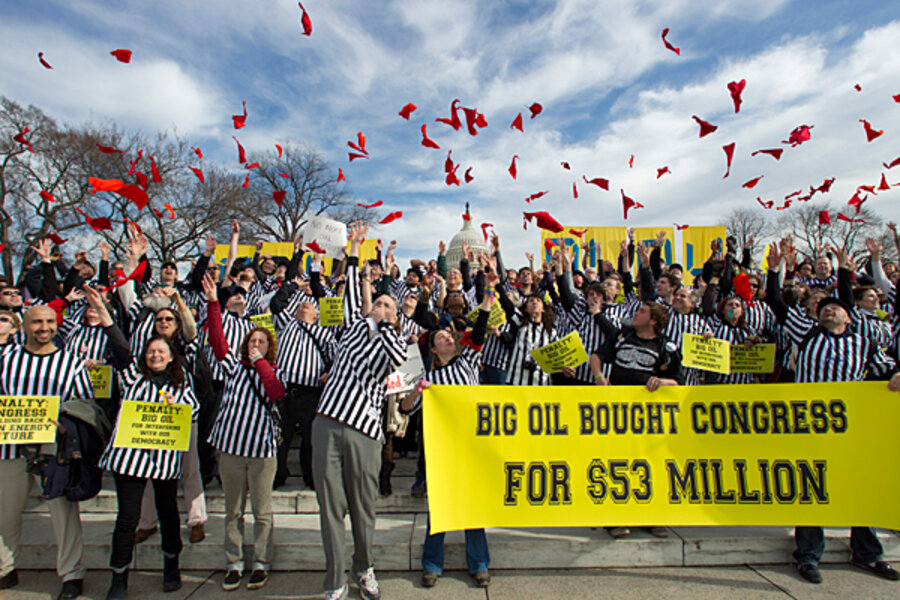Pew survey: Partisan polarization in US hits 25-year high
Loading...
| Washington
Americans have become more politically polarized than at any time in the past 25 years, according to a major survey released Monday by the Pew Research Center.
Pew measured partisan differences on 48 areas that it has tracked since 1987, and the average partisan gap has nearly doubled, from 10 percent to 18 percent. Partisan divisions have grown most noticeably over the role of the social safety net, environmental protection, immigration, and the federal government’s scope and performance, with Democrats moving to the left and Republicans moving to the right.
Nearly all the increases occurred during the presidencies of George W. Bush and Barack Obama.
“Republicans are most distinguished by their increasingly minimalist views about the role of government and lack of support for environmentalism,” the study’s authors write. “Democrats have become more socially liberal and secular. Republicans and Democrats are most similar in their level of political engagement.”
In practical terms, the study does not bode well for Congress’s ability to address America’s problems.
The Pew authors note that views on the importance of environmental protection have “arguably been the most pointed area of polarization.” Twenty years ago, when questions about the environment were first asked, there was almost no partisan difference in views. And as recently as 2003, Republicans and Democrats came in on average 13 points apart on environmental issues. Now the gap is 39 points.
Also noteworthy is the growth of political independents. Fewer Americans are affiliating with either of the major parties than at any time in the past 25 years, Pew found. And when Gallup poll data going back to 1939 are factored in, Pew concludes that there are now more political independents than at any point in the past 75 years.
Currently, 38 percent of Americans self-identify as independents, while 32 percent are Democrats and 24 percent are Republicans. But most independents lean toward one of the major parties, and when party definitions are expanded to include these “leaning independents,” the values gap still nearly doubles between 1987 and 2012.
When viewed through the lens of the 2012 presidential election, the survey found that the largest divides between supporters of President Obama and those who back presumptive Republican nominee Mitt Romney center on the role and scope of government in the economy.
“Swing voters, who make up about a quarter of all registered voters, are cross-pressured,” the authors write. “Their attitudes on the social safety net and immigration are somewhat closer to those of Romney supporters, while they tilt closer to Obama supporters in opinions about labor unions and some social issues.”
Republicans and Democrats are furthest apart in their views on the social safety net. In three main areas, the partisan gap in opinion is at least 35 points: the government’s responsibility to care for the poor; whether the government should help more needy people if it means adding to the debt; and whether the government should guarantee all citizens enough to eat and a place to sleep.
On all three measures, the percentage of Republicans agreeing that there is a government responsibility to help the poor has fallen in recent years to 25-year lows, according to Pew.
The study is based on an April survey of 3,000 American adults, with a margin of error of plus or minus 2.1 percentage points.








